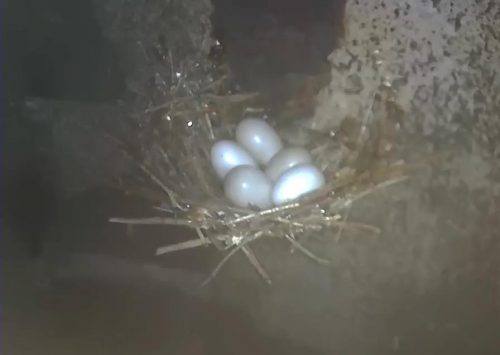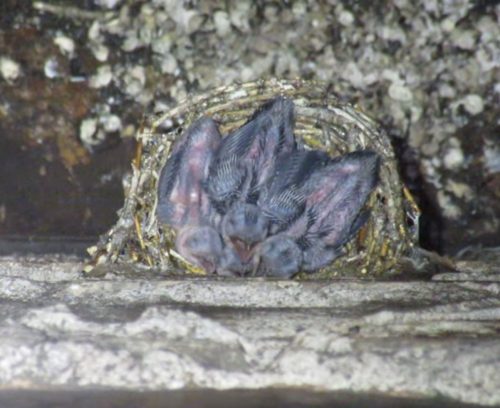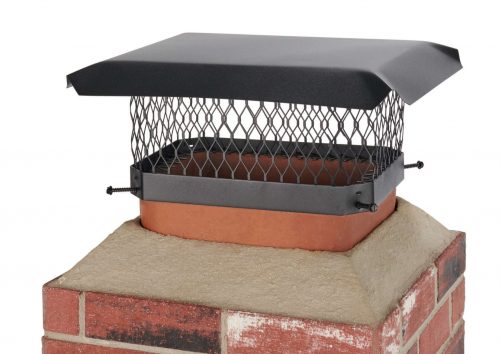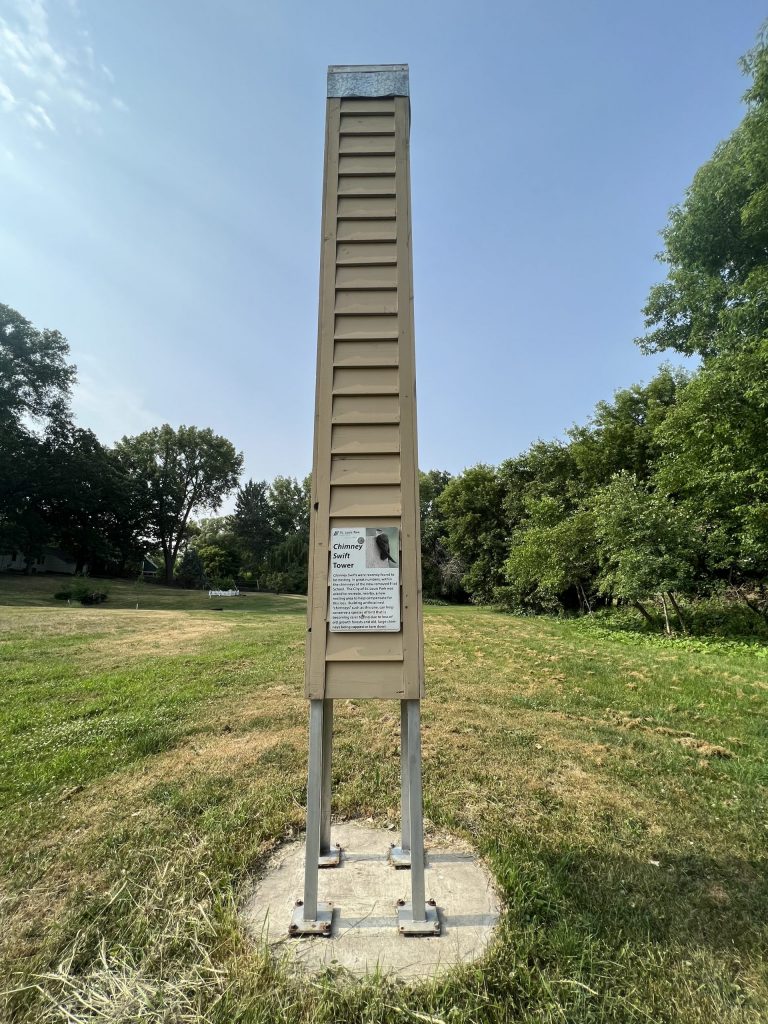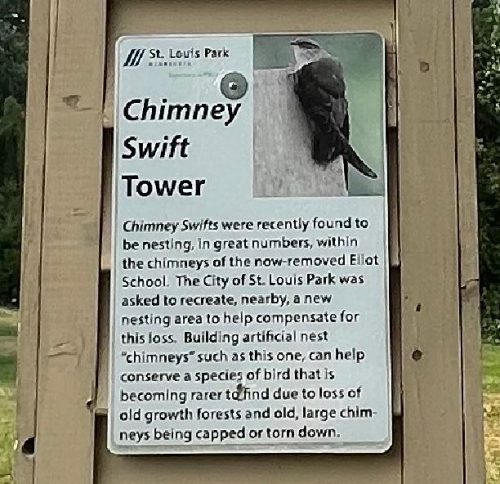About once a year, our chimney inspection comes to an unexpected grinding halt. It’s all about a federally protected bird called a Chimney Swift.
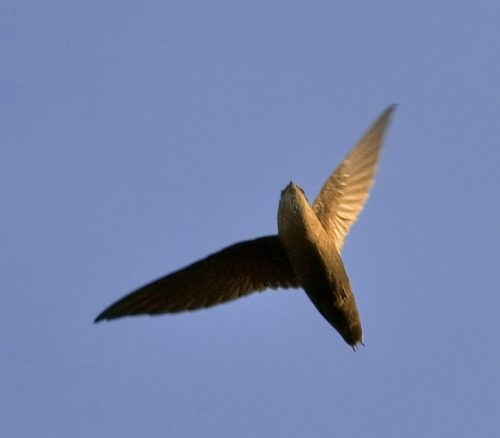
I’ve heard my daughter talk about “swifties” a lot lately, and I’m pretty sure she’s referring to obsessive fans of this migratory bird. These birds can’t stand upright like most other birds and rely on chimneys or similar structures to build their homes. They make their nests from small twigs and saliva, and the nests look like this:
And here’s what the baby birds look like in their nest:
If eggs or baby birds are in the nest, it’s a federal offense to mess with it, per the Migratory Bird Treaty Act of 1918. If you get caught doing this, you could face fines of up to $15,000 and/or six months in jail. The chimney inspection is officially over at that point, and we have to pack up our gear and head home. This is basic information that every chimney inspector should be well aware of.
What to do if you have a chimney swift nest in your chimney
If you have an active nest in your chimney, you should wait until fall when the birds have migrated south, or at least until the chicks have left the nest. At that point, you can install a chimney cap with a spark arrestor, which will prevent the birds from returning to their previous nest.
But before doing that, it would be wise to have the nest removed; a professional should handle this. And of course, have your chimney fully inspected after that.
If you’re feeling especially sympathetic, you could build a new tower nearby for the chimney swifts to help replace their old home. I say that tongue-in-cheek, but it really does happen. Check out this tower in Saint Louis Park, which was built to create a new home for a bunch of displaced chimney swifts when Elliot School was removed.
For more information about these birds, check out chimneyswifts.org.

